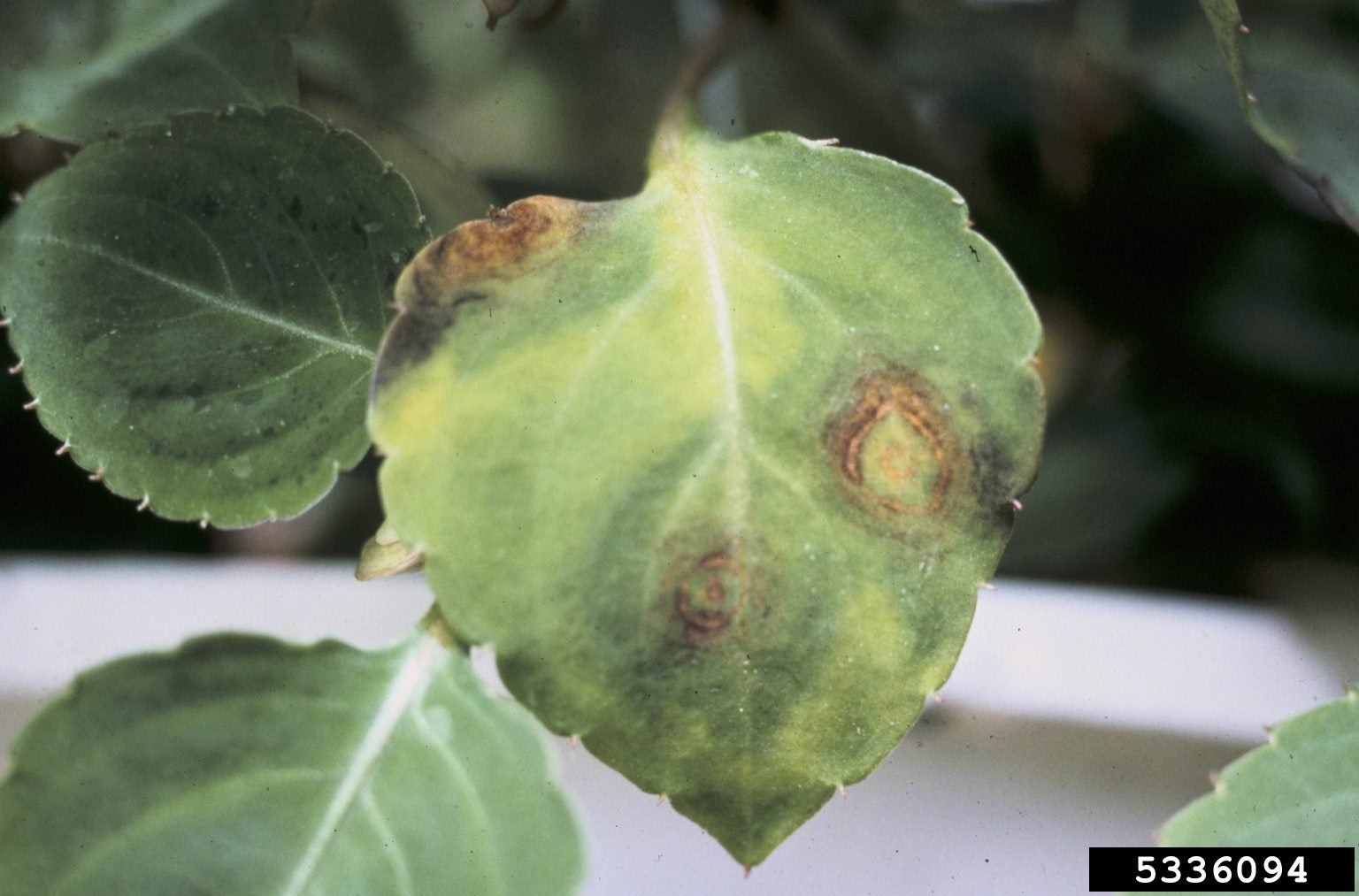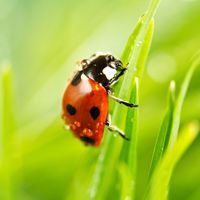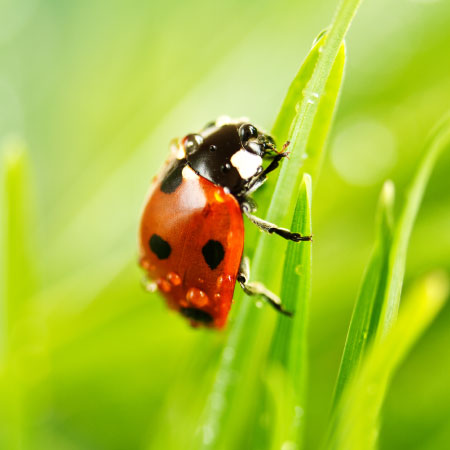INSV Information - Plants Affected By Impatiens Necrotic Spot Virus


As gardeners, we face a lot of hurdles when it comes to keeping our plants alive and healthy. If the soil's wrong, the pH is off, there are too many bugs (or not enough bugs), or disease sets in, we've got to know what to do and do it right away. Bacterial or fungal diseases can be devastating, but they usually give us a fighting chance. Viroids and viruses are another story altogether. Impatiens necrotic spot virus (INSV) is one of the most common viruses in the plant world. It's an intimidating diagnosis for your plants, but without understanding the disease, you'll never be able to manage it properly.
What is INSV?
INSV is an aggressive plant virus that can quickly infect greenhouses and gardens, and is especially common in impatiens plants. It results in total losses, since plants affected by impatiens necrotic spot virus are no longer marketable, cannot be used for seed-saving and can continue to spread the virus as long as they're present. Impatiens necrotic spot virus symptoms are highly variable, a fact that often delays gardeners' decision making about infected plants. They may develop yellow bull's eye markings, stem lesions, black ring spots and other leaf lesions, or infected plants may simply struggle to thrive. Once you suspect impatiens necrotic spot, treatment won't help - you must destroy the plant immediately. If many plants are infected, it's a good idea to contact your university extension office for testing to confirm the virus is present.
What Causes Impatiens Necrotic Spot?
Western flower thrips are the primary vector for INSV in the garden and greenhouse. These tiny insects spend most of their lives on or near the flowers of your plants, though you may never see them directly. If you've noticed black spots or areas where pollen is spread across the flower, western flower thrips may be to blame. Placing yellow or blue sticky cards throughout potentially infected areas are the best way to confirm your suspicions of an infestation. Having flower thrips is annoying, but if none of your plants are infected with INSV, they can't transmit the disease on their own. This is why it's so important to quarantine any new plants that come into close contact with your old plants. You should also clean your tools thoroughly between plants, especially if you are concerned about INSV. It can easily be transmitted via plant fluids, like those found in the stems and branches. Unfortunately, there's no easy answer for INSV. Practicing good tool hygiene, keeping thrips under control and removing suspect plants are the best ways to protect yourself from the heartbreak this disease brings with it.
Sign up for the Gardening Know How newsletter today and receive a free copy of our e-book "How to Grow Delicious Tomatoes".

Kristi Waterworth was a regular contributor to Gardening Know How for many years, answering countless queries on plant pests and diseases.